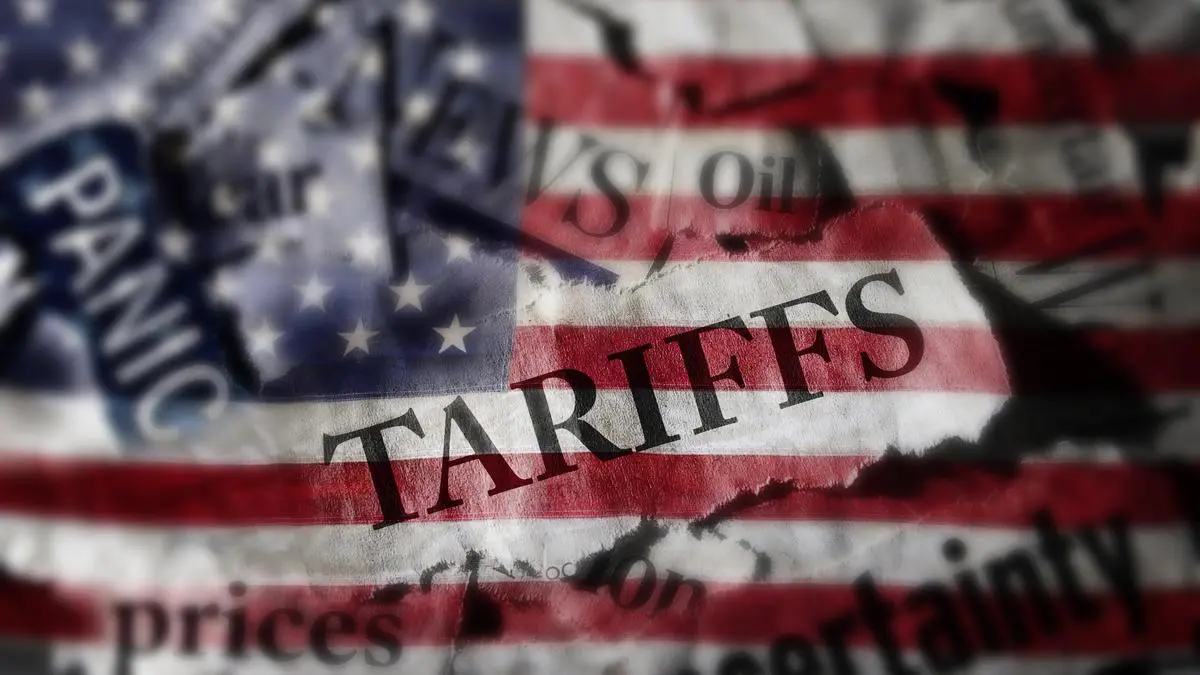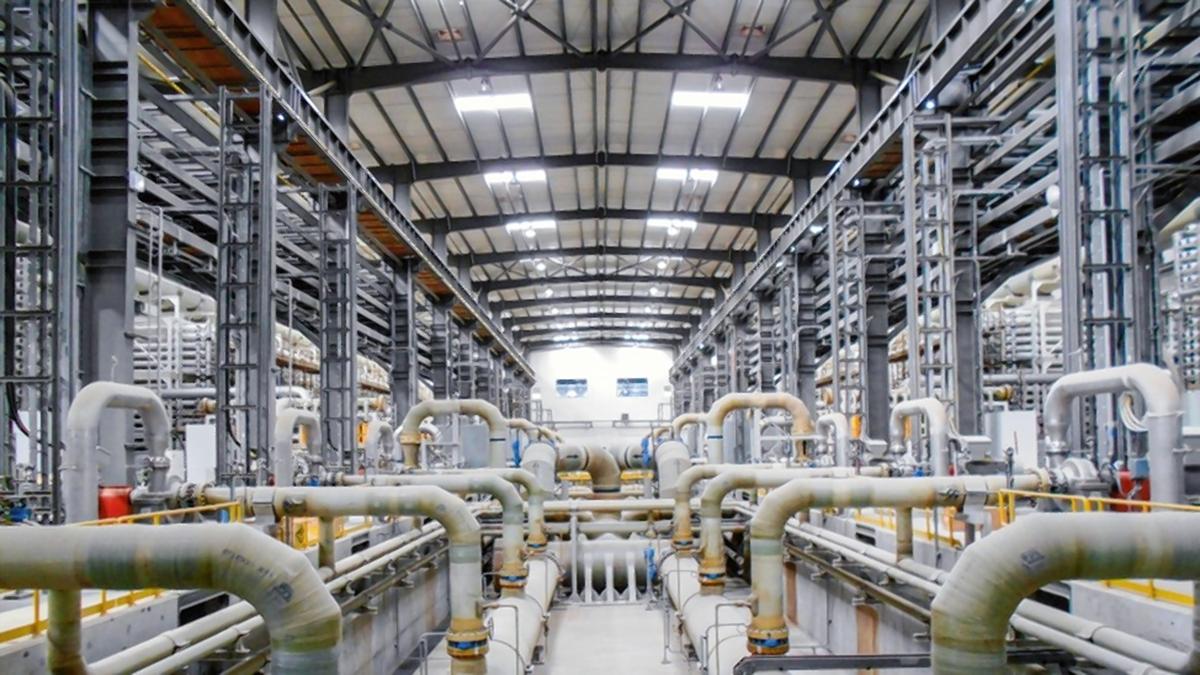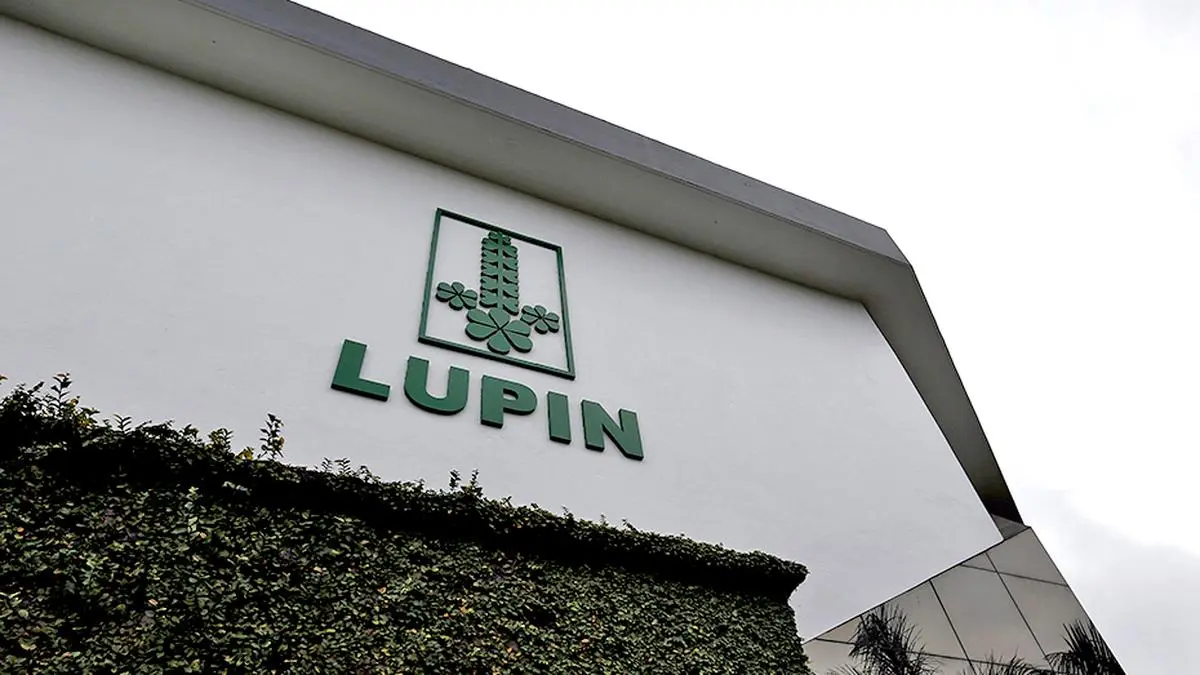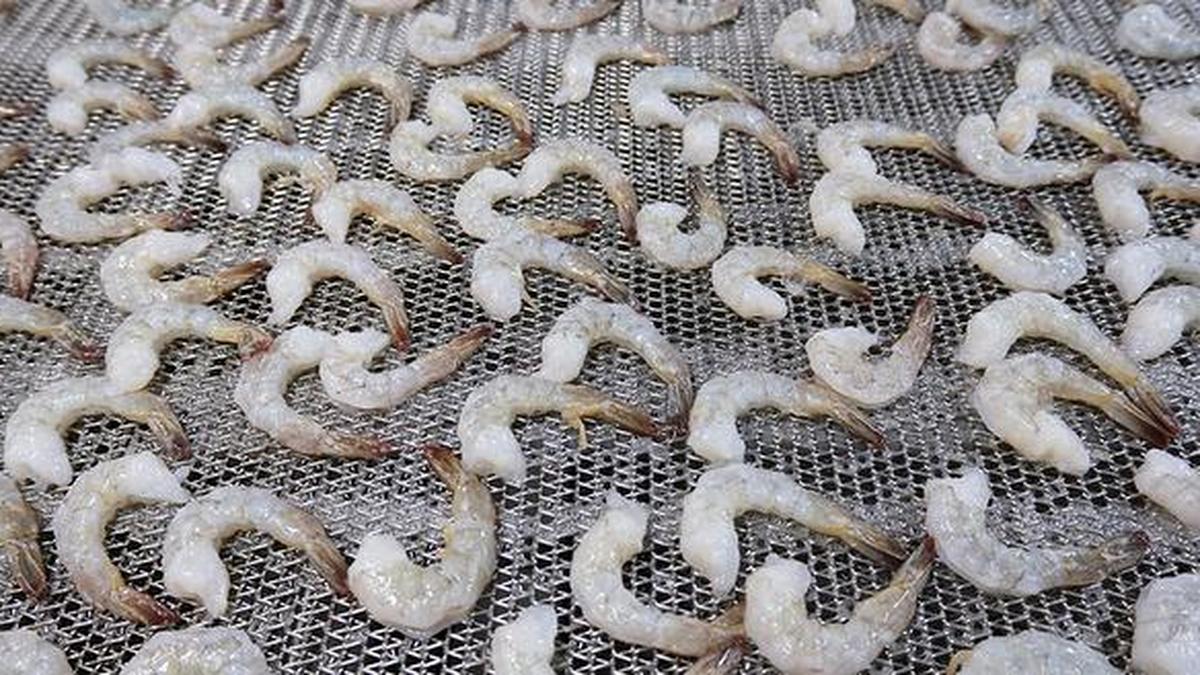
FTCCI asks Telangana govt to come to rescue of state’s exporters in the face of US tariffs

The potential escalation of tariffs on Indian exports by the United States could significantly impact Telangana’s export-driven sectors.
The Federation of Telangana Chambers of Commerce and Industry (FTCCI) has appealed to the Telangana government to come to the rescue of exporters in the state, who could suffer heavily due to the very high tariffs announced by the United States.
The potential escalation of tariffs on Indian exports by the United States could significantly impact Telangana’s export-driven sectors, including chemicals, agricultural products (such as rice), engineering goods, textiles and gems and jewellery, according to FTCCI President R Ravi Kumar.
“These industries contribute substantially to the state’s Gross State Domestic Product, employment generation and government revenues,” he said in a memorandum submitted to Duddilla Sridhar Babu, the Minister for IT, Industries, and Commerce, on Thursday.
“The threat of higher tariffs and penalties, coupled with weakening capital inflows, poses a grave challenge to exporters and micro, small and medium enterprises (MSMEs) in the state.
“While the Government of India is actively exploring measures to mitigate the impact—such as recalibrating bank risk models to lower borrowing costs, reducing testing and certification fees, and launching an Export Promotion Mission, we feel that state-level interventions are equally vital,” he pointed out.
He wanted the state government to grant an exemption from the trade licence fee for manufacturing industries and a reduction in the trade licence fee for commercial establishments, reverting to the earlier cap of ₹7,000 per year.
Besides clearing the pending incentives to MSMEs and large industries, the state government should consider giving subsidies on logistics costs to make Telangana’s exports more competitive globally.
“Shielding exporters from external shocks is essential not just for protecting existing businesses but also for sustaining employment and economic growth in Telangana,” he said.
Published on August 7, 2025


